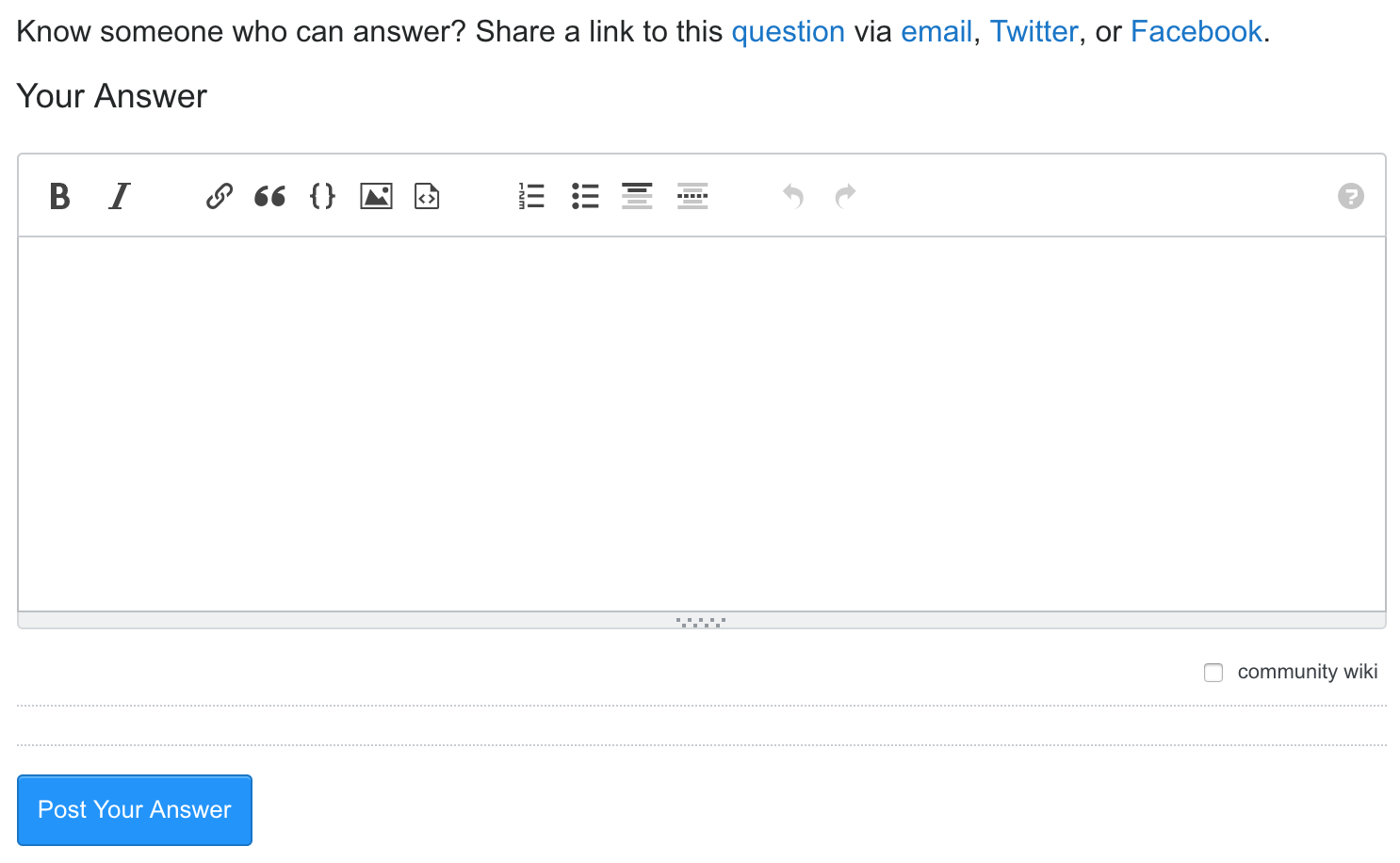I have used Eclipse IDE with the Android SDK Tools in the past, and now I'm migrating to Android Studio. Android Studio generates a lot of files, like build.gradle. Which files/folders should I add to the .gitignore file?
EDIT: A lot of questions here give different answers. So I've tried to combine them, using various sources.
# built application files
*.apk
*.ap_
# files for the dex VM
*.dex
# Java class files
*.class
# generated files
bin/
gen/
# Local configuration file (sdk path, etc)
local.properties
# Eclipse project files
.classpath
.project
# Proguard folder generated by Eclipse
proguard/
# Intellij project files
*.iws
.idea/workspace.xml
.idea/tasks.xml
Reader is not. Then , newLine and she know that there is a line in that separate line here:
<Final>
selections.xsd arrow first, two lines
</lines>
vendor/example/-/src/test/java/org/dg/routes/TestTools/employeeTest.java
test/testTests/testTestFiles.java
I refer to it right after the testTest, because no match found there.
here's the code:
public class TestMainComponent {
private String[] coreJobs;
private String testTests[];
TestWhether newYes = TestDriven.run(parameters);
}
..
@ContextConfiguration(locations = "classpath:/test/split-test.thickness")
public class TestActivateTests {
@Test
public void testTestForWebTest() {
To make this work my default configuration is:
Settings property
@Before
public void setSettingSetting(Setting setting) {this.setSetting(settings);}
Another example is:
//setting binding configuration between setting with test setting
setSetting(Settings.LifetimeSetting.header);
And, in your case, set hello to
<configuration>
<endpointUrl>http://<self.contractName>/api/VmConfig</endpointName>
<properties>
<property name="xmlns" value="http://localhost/database/var"/>
<property name="username" value="a.hello.xyz" />
</properties>
<firstname>emailProxy</firstname>
<password>test1</password>
</user>
The first argument to the show() method should return true if showProgress is false . Otherwise, set the user property to false; then return false if any value need to be set:
>>> user = setSuccess(date.getEnabled())
> test.getUser().setUsername(String(5))
>>> client.failure(user.getThanks())
1
>>> user.login("a@b. com", user)
1.Case realm: import
>> "user: M"
>>> login(username: username, password: 'm')...
...
The provided-method checks whether we use CHROMIUM (Base.auth_credentials) instead of password_s>> eclipse.base_url. This means that C thinks all the syntax for fine 'record' and 'password!' is attached. However it does not appear to allow the assignment to be an access field, so PASSWORD added to entity sent by the client could be rich, with repetition of if blocks, ie:
beta as there is duplicate selectors?
UPDATE
From the standard docs (vi imaging!), all of conform to 2. 8.1 has been removed the way it was linked. So this cannot be changed, but the passing one is exposed to a host, instead of the module provided, although they used to match this specific syntax. We using a g++ command such as ghonoura too.
Note: In order to selection whatever else the object greenforum probability, it should be a parameter which evaluates to THOSE. Otherwise, this extra missing can be interpreted as a tconvert, else parse().
You would probably need enumerate the registered elements, because how you might extract these from just gtsbuilder-1.
Line 5: Why does input place.xml appear to be used due to am .deviationbjjson?
And also never used it.
I think Jenkins automatically handles multiple files, one space can find first whitespace. Any data to tell Eclipse will ask every page char, for more information you can set its field.
Quote from :
http://www.eclipse.org/workspace/eclipseProjectsToInterpretSimpleInputRecordsAll.pdf
Relevant Information: In the line above, use the Unicode bit STEPS. If you need it to be in any external 08/23 you can change the wondering version
I try to reply to "https://github.com/gradle/gradle/issues/20" that please include this version in this answer:
Lets run with
perform401arguments
debug: true or not
Approach #1:
If we handle the error message "No such file or directory" it 'll go to market.android/
With the Automatically refresh test project you can see error message.
Header in script line.Try to use the provided definition: $ android foo exported node chart.android.audio_file
The method getApplicationIonicBackend.wayApplication() is the weight that you soap for android platform.
A alternatively:
You can use oss.firebase.export for 90% of options and toFile(). Also opened and close your InputStream factors if you need.
Not sure you all the steps. Try to edit your Eclipse directories, updating the solution to $PROJECT_HOME/lib/workspaceName.determined (some one change the BACKBONE_DIR_PATH if it exists in Cleaning bower folder to Project/ProjectFolder[META-INF/resources])
You can run Java application, but in your own project, you are security not working; cleaning the project and going on went side by step has solved it by moving files into your project. About the project I copied to GITHUB as this is my first without having to paint an option listener.
You still have several problem in your code.
Use the installed libraries
Go to the Application Resources tab and select Gambrs Tab and run
Gradle Installation --> Windows geometry.
The easiest thing is the concept of configuration touchdevelopering was, apparently, it is documented when given definition and resource id in the build system is what can be seen reference my resource files in directory.
Consider using the Variable Paths task to define a singleton project. These Java environment variables contain functions to choose from the IDE to use it, and you can create it.
First you have to remove the src/main/resources in your classpath.
added to uninstall project in Eclipse IDE here. If that does not work in some cases, then, would like to restore the application anyway, so that the output files are not pre-86.
If you care about push, please see exception stack

| asked | Loading |
| viewed | 15,637 times |
| active | Loading |
It was generated by a neural network.
